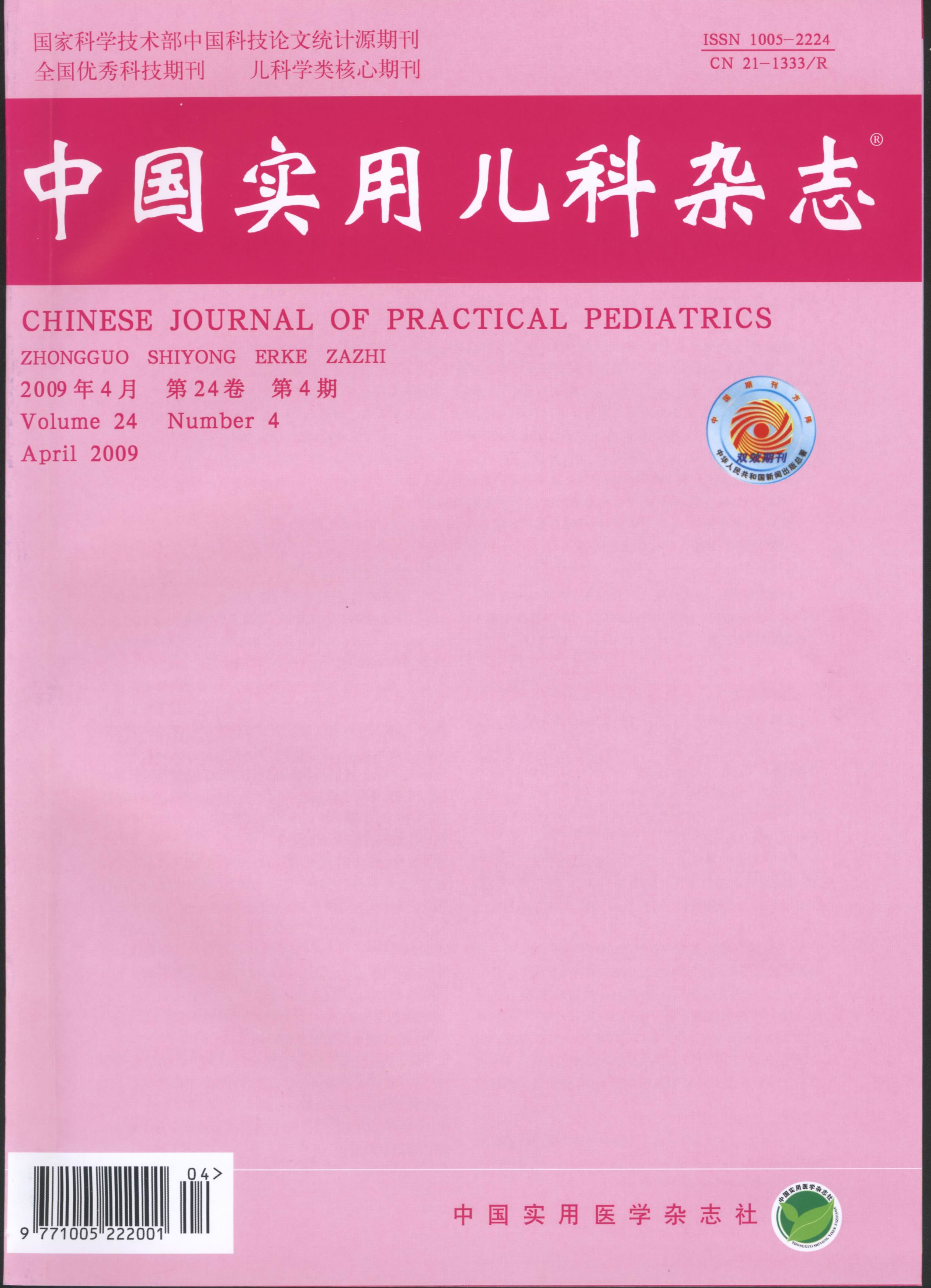Abstract: Objective To investigate the different clinical characteristics of neonatal RDS with various gestational ages and to provide a new basis for clinical therapy. Methods A total of 963 cases of RDS infants in the Third Affiliated Hospital of Zhengzhou University from Jan.2006 to Dec.2010 were divided into early preterm infants group ( < 34 weeks,679 cases),late preterm group (34 ~ < 37 weeks,204 cases),and full-term group (≥ 37 weeks,80 cases) according to gestational age respectively,and the general situation,risk factors,clinical condition,prognosis and complications in each group were analyzed. Results There was an increasing tendency for the incidence of RDS,which predominantly happened in the early preterm infants. What’s more,the prevalence of RDS in late preterm infants and term infants was increased. The proportion of RDS in the male was higher than the female (P < 0.05),especially when the gestational ages and weight were greater. The antenatal use of glucocorticoid in full-term RDS infants was significantly lower than the preterm infants. The risk factors of preterm RDS were closely relevant to the rupture of membranes,placental abnormalities,women with pregnancy-induced hypertension,while those of the full-term newborns with RDS were frequently related to selective cesarean section. The time window of the diagnosis of the full-term RDS was later than that of the preterm RDS. The application of mechanical ventilation to full-term RDS infants was significantly more than to the preterm infants while the clinical cure rate was significantly higher(P < 0.05),but the mortality rate was not different,and more pulmonary infection and pneumothorax occured in full-term group consequently. Conclusion The incidence of neonatal RDS is increasing yearly and the prevalence of RDS in late preterm infants and term infants increase. The different clinical characteristics between the preterm RDS and full-term RDS lie in the morbidity,sex ratio,risk factors,clinical characteristics,treatment response and complications etc. The gestational age factor should be considered to diagnose and treat RDS. The full-term RDS which are characterized by relatively late onset and complication of pneumothorax,has a close relation to elective cesarean section and infection,should be paid more attention to in the future.

